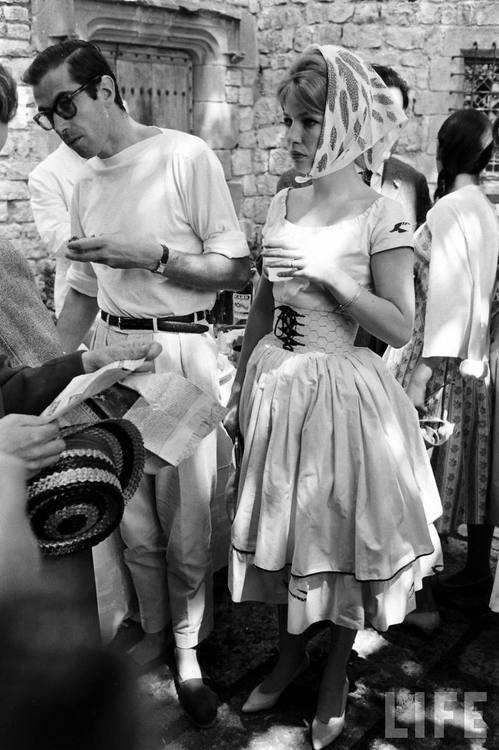HOW TO REPAIR DENIM
I think some of the disposability we see in fashion today is a result of people simply not knowing how clothes can be repaired. When things get worn out, they toss them. So, I'll do a series on how certain garments can be repaired, starting with jeans. 🧵
I think some of the disposability we see in fashion today is a result of people simply not knowing how clothes can be repaired. When things get worn out, they toss them. So, I'll do a series on how certain garments can be repaired, starting with jeans. 🧵
Jeans typically first wear out around the knees or, ahem, the crotch, where you have a lot of friction. You can repair these holes in two ways. First is patching, which can be done on either side of the fabric. This can be good for a kind of distressed look
Pic: Denim Therapy
Pic: Denim Therapy

The second option is darning, which is a way of filling in the hole with new material. This can be better than patching because it's less visible, but the downside is that the repaired area can be a stiff at first (although it breaks in).
Pic: Silhouette Tailoring Studio
Pic: Silhouette Tailoring Studio

My friend @andrew3sixteen of @3sixteen and @selfedge (two of my favorite denim companies) demonstrates this technique in a @Complex video. This repair is a little easier—and less costly—if you get your jeans repaired early, before the hole gets too big.
If you wear your jeans with a cuff, you may end up getting dirt inside the cuff, and, over time, the dirt abrades the fabric, as you see here. Darning something like this can sometimes be tough bc the material ends up being very rigid & doesn't fold easily. 

The best way to prevent this is to just uncuff your jeans every once in a while and brush out the dirt (and, of course, wash them). But if you already have the hole, you can also just hem them.
Pic: Williamsburg Garment Company
Pic: Williamsburg Garment Company

If you've abraded or ripped the hem, a denim repair specialist can also add new material by reweaving new material or patching.
Pic: Denim Therapy
Pic: Denim Therapy

Sometimes cheaper manufacturers will try to save money, so they use a zipper that's too long for the jeans. As a result, the zipper lacks a bottom metal stopper, which can cause probs later. Broken zippers and even button flies can be repaired
Pic: Williamsburg Garment Company


Pic: Williamsburg Garment Company


If you've gained a bit of weight, you may notice that the buttonhole has gotten stretched out, sometimes to the point of fraying or even breaking. You can't really add a new buttonhole, but you can repair the old one by removing the waistband and filling it with new material. 

OK, so where can you get these repairs? Generally, you will want to find a denim repair specialist, as your average alterations tailor will just put a patch on it (which can be good for a specific kind of look, but may not be what you want).
For denim repairs, check out: Self Edge, Denim Therapy, Williamsburg Garment Company, Silhouette Tailoring Studio, Denim Doctors, Denim Surgeon, and Indigo Proof. These places will take mail-ins (just be kind and be sure to wash your jeans before mailing).
If you can't pay for a repair, look up DIY tutorials on YouTube. Such repairs are typically less durable, but at least they're free (and you won't have to throw away your jeans). Finally, buy pure cotton jeans, not stretch, as they'll hold repairs better. 

• • •
Missing some Tweet in this thread? You can try to
force a refresh
































